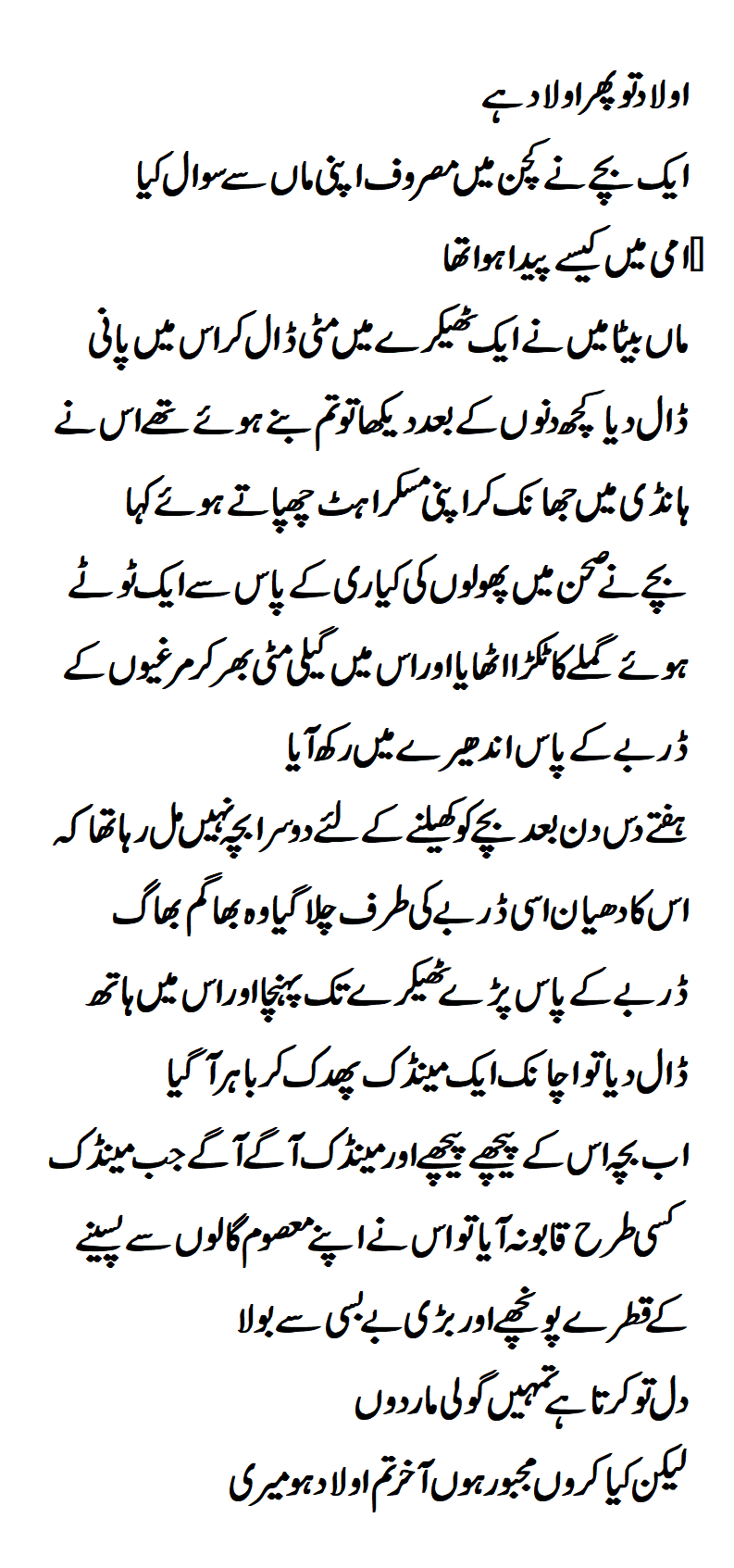The United Nations Convention on the Rights of the Child is an important agreement by countries who have promised to protect children’s rights.
The Convention explains who children are, all their rights, and the responsibilities of governments. All the rights are connected, they are all equally important and they cannot be taken away from children.
Discover the child-friendly version of the Convention on the Rights of the Child:
1. Definition of a child
A child is any person under the age of 18.
2. No discrimination
All children have all these rights, no matter who they are, where they live, what language they speak, what their religion is, what they think, what they look like, if they are a boy or girl, if they have a disability, if they are rich or poor, and no matter who their parents or families are or what their parents or families believe or do. No child should be treated unfairly for any reason.
3. Best interests of the child
When adults make decisions, they should think about how their decisions will affect children. All adults should do what is best for children. Governments should make sure children are protected and looked after by their parents, or by other people when this is needed. Governments should make sure that people and places responsible for looking after children are doing a good job.
4. Making rights real
Governments must do all they can to make sure that every child in their countries can enjoy all the rights in this Convention.
5. Family guidance as children develop
Governments should let families and communities guide their children so that, as they grow up, they learn to use their rights in the best way. The more children grow, the less guidance they will need.
